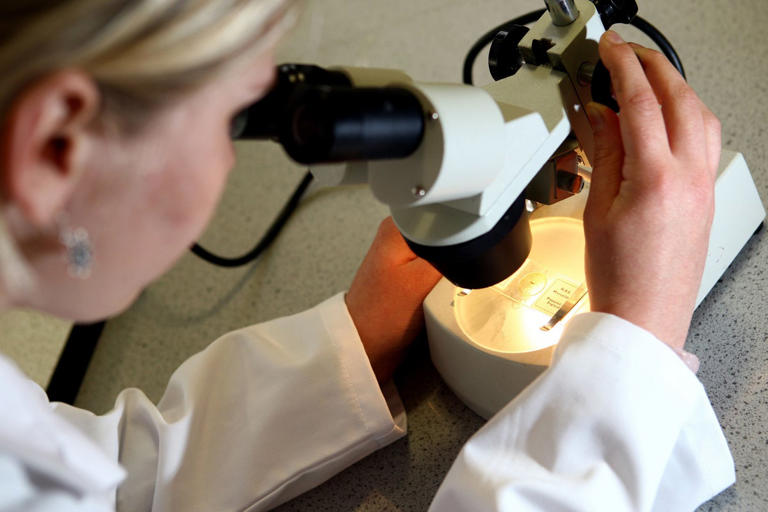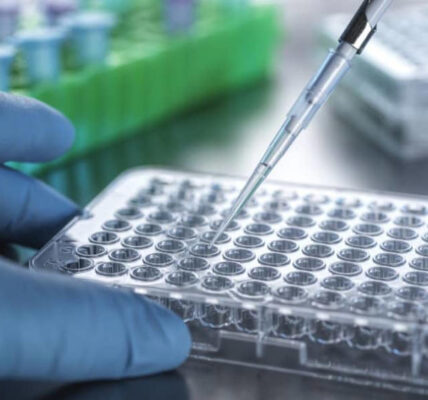Streptococcal Toxic Shock Syndrome Japan Surge: 977 Cases and a Deadly Threat
Table of Contents
ToggleStreptococcal Toxic Shock Syndrome Japan Surge: A Rising Health Concern
Streptococcal Toxic Shock Syndrome Japan Surge: A significant increase in STSS cases in Japan has raised public health concerns. Learn about the causes, symptoms, and preventive measures.
Streptococcal Toxic Shock Syndrome Japan Surge: Japan is currently facing a troubling rise in cases of a severe bacterial infection known as Streptococcal Toxic Shock Syndrome (STSS). As of now, there have been 977 diagnosed cases, and tragically, 77 people have lost their lives. This sudden spike in cases is alarming, prompting health officials and experts to investigate and address the issue urgently.

© Photo: Wiki Commons
Understanding Streptococcal Toxic Shock Syndrome (STSS)
Streptococcal Toxic Shock Syndrome Japan Surge: STSS is caused by Group A Streptococcus (Strep A), a bacteria that usually leads to mild illnesses like sore throats and skin infections. However, in rare instances, it can cause severe and life-threatening conditions such as STSS. This illness occurs when the bacteria release toxins into the bloodstream, leading to symptoms like high fever, low blood pressure, and damage to multiple organs.
The Current Situation in Japan
Streptococcal Toxic Shock Syndrome Japan Surge: Historically, Japan reports about 100 to 200 cases of STSS each year. However, the number has dramatically increased this year, raising concerns among health professionals. The infection is affecting people of all ages, making it a significant public health issue.
Symptoms to Watch For
Streptococcal Toxic Shock Syndrome Japan Surge: Recognizing the symptoms of STSS is crucial for early diagnosis and treatment. Common symptoms include:
- Sudden high fever
- Rapid drop in blood pressure
- Severe pain, often localized to an infected area
- Redness, swelling, and sometimes a rash
- Confusion and dizziness
- Vomiting and diarrhea
These symptoms can escalate quickly, leading to severe complications like multiple organ failure or necrotizing fasciitis, commonly known as flesh-eating disease.
How is STSS Transmitted?
Streptococcal Toxic Shock Syndrome Japan Surge: Group A Streptococcus is spread through droplets when an infected person coughs or sneezes, and through direct contact with contaminated surfaces. Many people carry Strep A bacteria without any symptoms, which makes it easy for the bacteria to spread unnoticed.
Preventative Measures
Streptococcal Toxic Shock Syndrome Japan Surge: To prevent the spread of Group A Streptococcus and reduce the risk of developing STSS, it is essential to follow good hygiene practices:
- Handwashing: Wash your hands thoroughly and frequently with soap and water, especially after coughing, sneezing, or touching potentially contaminated surfaces.
- Cough Etiquette: Cover your mouth and nose with a tissue or your elbow when you cough or sneeze, and dispose of tissues properly.
- Surface Cleaning: Regularly clean and disinfect surfaces that are frequently touched, such as doorknobs, light switches, and mobile devices.
- Avoid Close Contact: Limit close contact with individuals who are sick, and avoid sharing personal items like utensils, towels, and bedding.
Expert Insights
Streptococcal Toxic Shock Syndrome Japan Surge: According to Professor Ian Jones, a virologist at the University of Reading, the increase in STSS cases in Japan could be due to a decrease in population immunity following the COVID-19 pandemic. Similar trends were observed in Europe in 2022, where a spike in Strep A cases was linked to lower immunity after lockdowns ended. This suggests that the current surge in Japan might also stabilize once the balance between immunity and infection is restored.
Importance of Early Detection and Treatment
Streptococcal Toxic Shock Syndrome Japan Surge: Early detection and treatment of STSS are critical to improving patient outcomes. If you or someone you know experiences symptoms of STSS, seek medical attention immediately. Treatment typically involves antibiotics to fight the bacterial infection and supportive care to manage symptoms and prevent complications.
Ongoing Efforts and Public Awareness
Streptococcal Toxic Shock Syndrome Japan Surge: Health officials in Japan are working diligently to understand the reasons behind the surge and to implement measures to control the spread. Public awareness campaigns are being conducted to educate people about the importance of hygiene and early symptom recognition.
Conclusion
Streptococcal Toxic Shock Syndrome Japan Surge: The recent increase in STSS cases in Japan is a significant public health concern. By understanding the symptoms, transmission methods, and preventative measures, we can all play a part in controlling the spread of this dangerous infection. Maintaining good hygiene practices and staying informed are crucial steps in protecting ourselves and our communities from the threat of Streptococcal Toxic Shock Syndrome.
ALSO READ:
“E coli outbreak: 5 Shocking Missteps to Avoid!”



